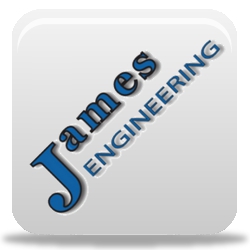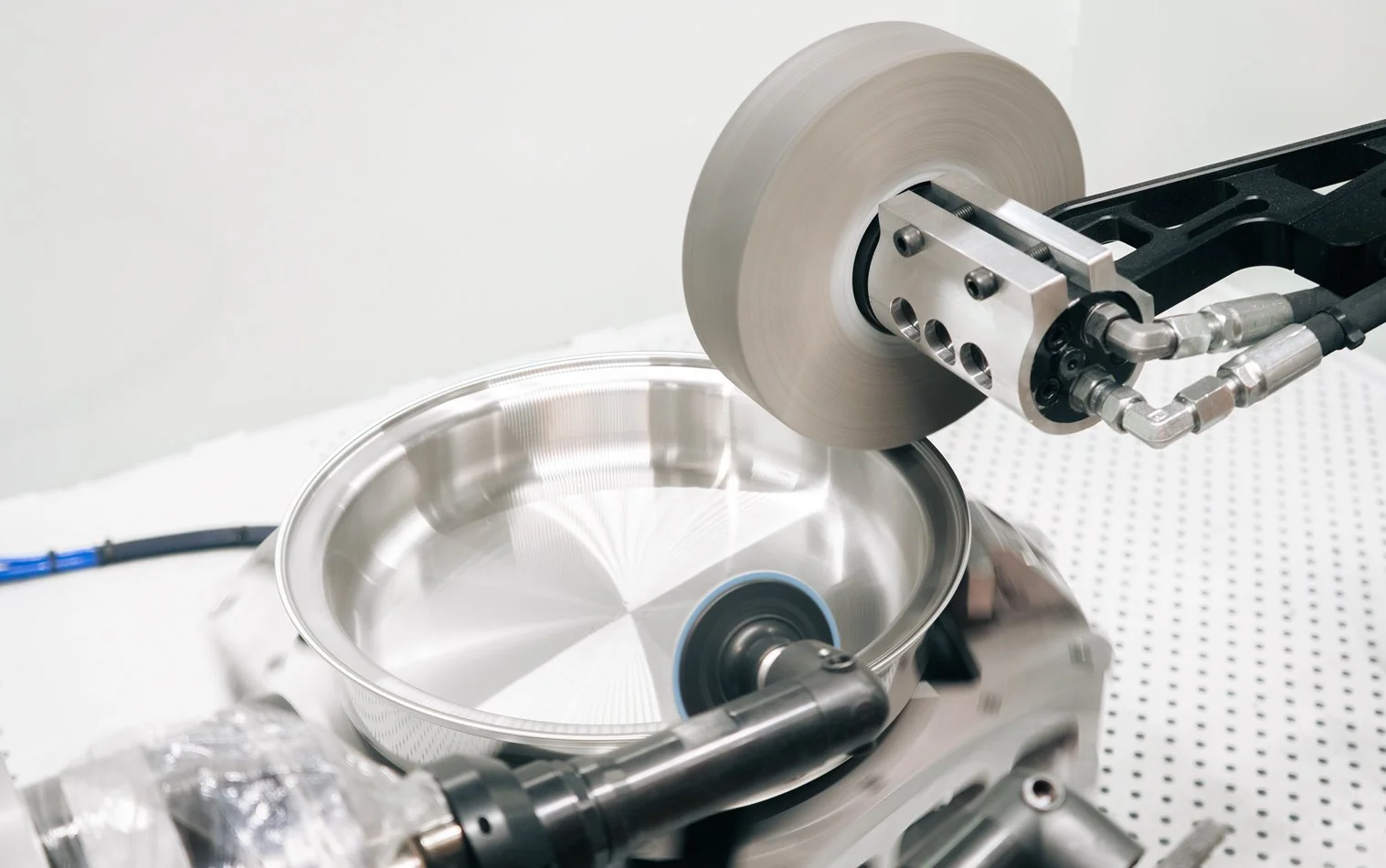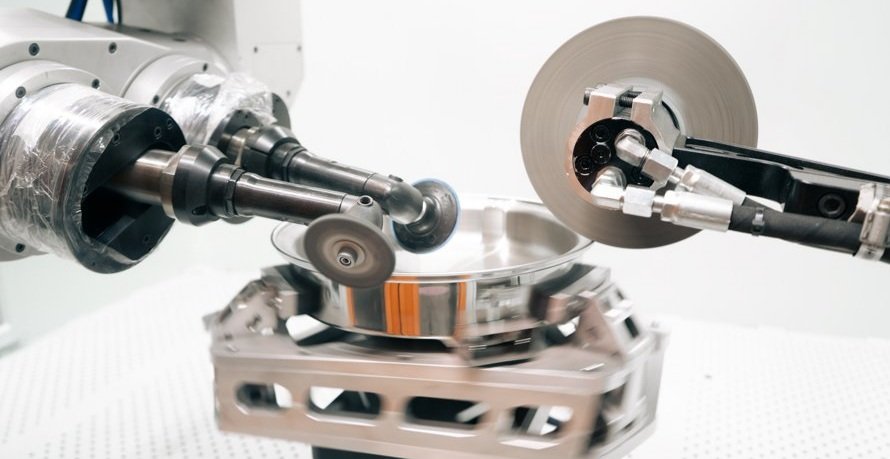Part Deburring Machine “Compliance” | The Missing Tech of Manufacturing
MANUFACTURING’S BIG PROBLEM
Part deburring machine manufacturers face several challenges with the tedious part finishing process. Whether it’s large or small parts, part deburring machines' biggest challenge may be an issue that isn’t discussed so often. That is machine compliance. Machine compliance is important not only in part machine finishing but also in almost every aspect of machining. Several methods have been developed to cope with this issue, but there’s one that proves to be a true solution to the problem. First, what exactly is machine compliance?
MACHINE COMPLIANCE
Though not as precise, we as humans can visually see and understand the dynamics of the part we are working on. We can make adjustments accordingly and make the needed changes for the differences part to part. When a robot or CNC is working on a part it is only comprehending the program it is running and not the actual part being machined. In a perfect world, every part would be the exact same and this would work great, but there is never a truly perfect part.
Even with smaller machined parts, unpredicted shrinking and expansion occur when cuts are made due to stress relief of the metal. This becomes a much more obvious problem with larger cuts or processes like forging, casting, or stamping that leave an excess flash seam. Burrs themselves also are never the same. These factors all impact the precision of the part and lead to unpredicted tool wear.
Abrasives used to deburr and finish parts tend to wear down at a quicker rate than normal tools. With even small inconsistencies the wear of the tools is hard to predict. This causes the machine to over or under-engage when machining a part.
OVER-ENGAGE
Over-engaging occurs when a machine gets too close to the part. Stress from the added force will cause tools to break and risk damage to the part itself. If a part is just slightly bigger than the original blueprint a machine running the same cycle will not make up for the difference in the part and will over-engage the part.
UNDER-ENGAGE
Under-engaging occurs when not enough pressure is applied or the tool misses the part completely. This will lead to poor precision or no finish at all on a part. Excess tool wear can be caused by the machine over-engaging and when a tool wears excessively the part will be under-engaged since there is less surface of the tool than expected.
Sensors and Algorithms
Sensors and algorithms have attempted to solve the issue of inconsistencies that lead to over/under-engaging but neither of these have proven to be a true solution. Because tool wear isn’t perfectly consistent, algorithms written to predict the wear result in varying levels of precision and fail over time. Sensors also pose more issues. With how abrasive finishing tools can be, excess abrasive and burrs can interfere with the sensor and lead to inconsistencies. Wet cycles that are run to keep down debris and clean the part cause the sensors to completely lose the surfaces and fail.
Mechanical Machine Compliance
The solution that has kept James Engineering’s part deburring machines running for 40+ years is our patented machine compliance. With precision axes and high-quality air motor tool arms, the tools can correctly comply with surfaces. Avoiding the use of sensors or algorithms, the part deburring machines take a mechanical approach to the issue. Once cycles are set up, the machine tools adjust part to part based on applied pressure.
Kitchen pot’s typical warping post machining. When spun on rotary table the difference of 1/8” can be seen. (James Engineering’s automated deburring systems)
Machine compliance is a critical but overlooked challenge in manufacturing and part machine deburring. Challenges lead to costly issues like tool wear, damage caused by over-engagement, and poor performance of parts due to the lack of precision. These problems not only increase operational costs but also require significant expertise to manage. Traditional solutions involving sensors and algorithms will fail due to the unpredictable nature of machining environments.
James Engineering's patented mechanical machine compliance eliminates these concerns. By automatically adjusting to each part’s unique characteristics without the need for sensors or algorithms, these part deburring machines eliminate the need for expert intervention, lower costs, and ensure consistent, high-quality finishes.




